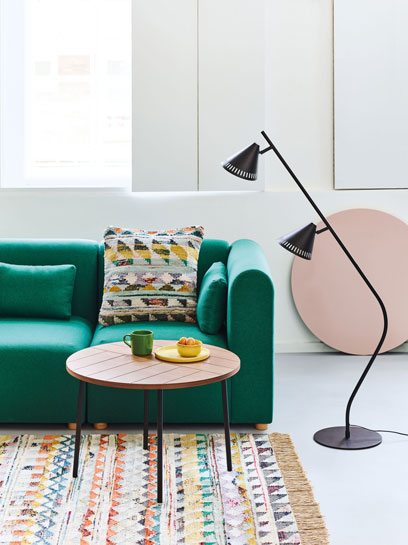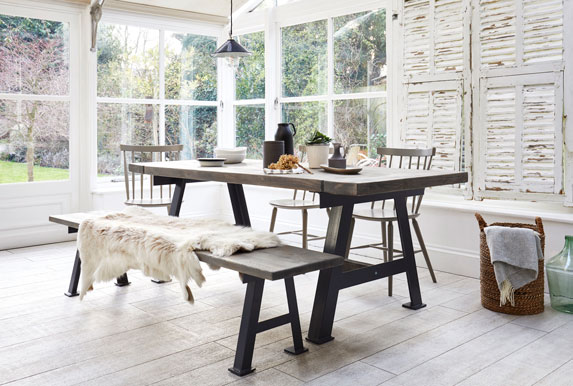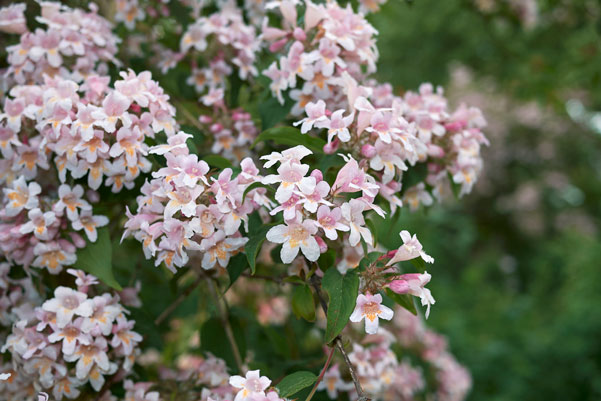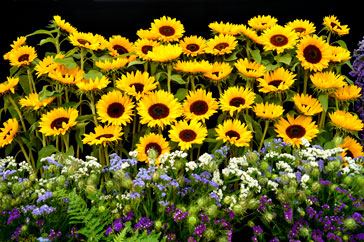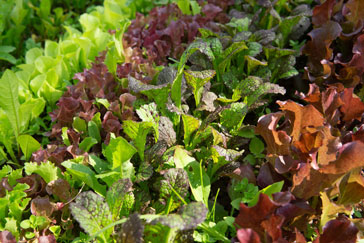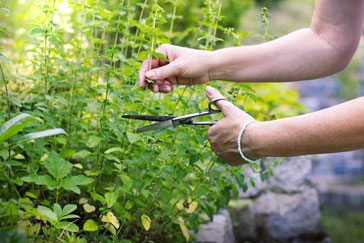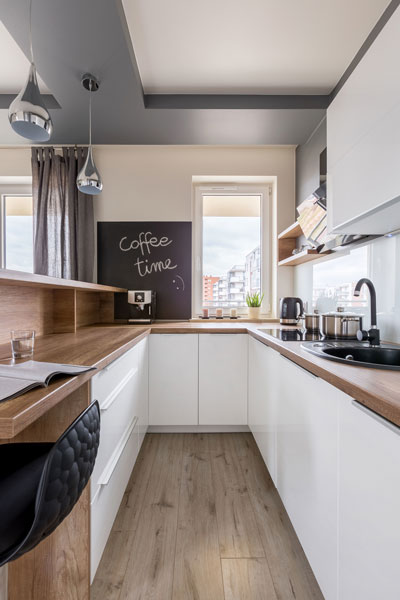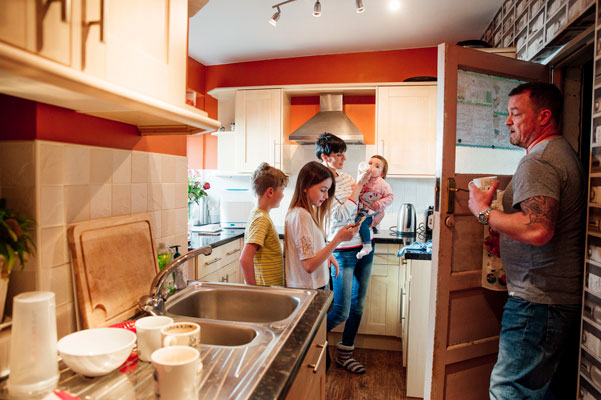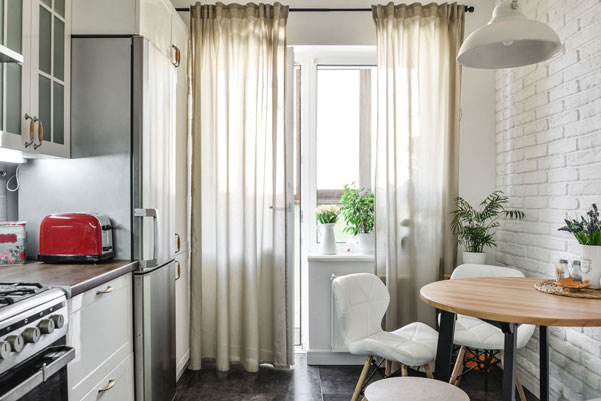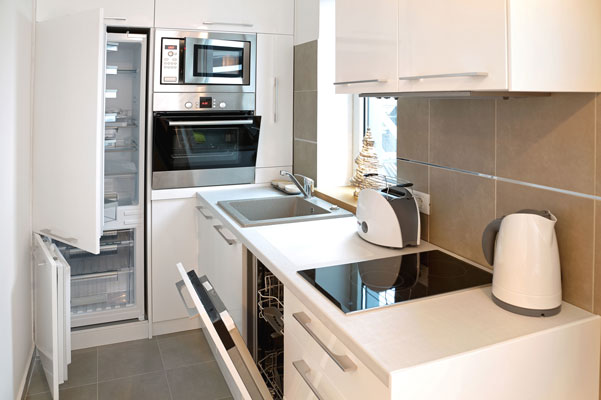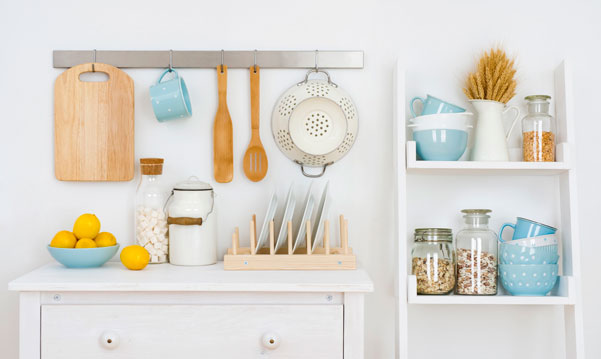Want your homeware and decor choices to be more sustainable? From reclaimed timber to recycled kitchen tops, Gabrielle Fagan checks out the options.
We’re all aware of the need to look after our environment – and where better to start than at home?
Luckily, more and more companies are embracing eco-friendly approaches and solutions, and designers are becoming ever-more inventive and innovative in their use of recycled materials to create desirable homeware – so you don’t have to sacrifice your style for your principles.
“Year-round, we consistently see people searching for inspiration on Pinterest to shop and live in ways more mindful of the environment,” says Enid Hwang, culture and community manager at Pinterest, who’ve seen a 108% increase in searches for sustainable lifestyle this year.
The site notes that September, when summer holidays are over, is the ‘back to life’ period – when, feeling renewed and refreshed, people look for ways to make small changes in their lives, such as recommitting to their environmental efforts.
“We’ve seen that reflected in searching for sustainable items for their homes, like recycled materials, eco paint and even bamboo bedding. Sustainable lifestyle choices are now a major theme for many Pinners,” notes Hwang.
Need some inspiration? From wallpaper and paint, to furniture and accessories – follow our guide to creating a home to match your values…
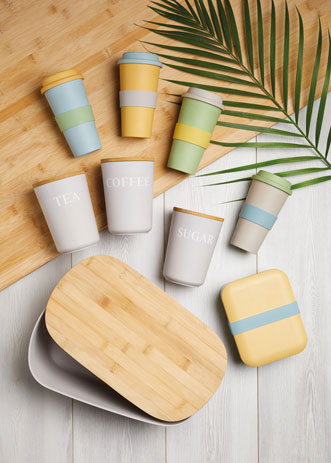
Paint it green
Some house paints use casein – a protein derived from milk or beeswax as a binding agent – while others use ingredients that have been tested on animals.
Mindful of this, the Duke and Duchess of Sussex chose Auro, a non-toxic vegan paint which is also child-friendly, when they decorated baby Archie’s nursery. Auro Coloured Emulsion, from £48 for 2.5L; Wood Paint – Satin, from £16 for 375ml, AuroPaint.co.uk.
A lot of paints contain high levels of VOCs (volatile organic compounds), which emit solvents into the air that are associated with causing dizziness and headaches, and may affect those with allergies.
Crown’s Breatheasy Coloured Emulsion range is 99.9% solvent-free and certified under the asthma & allergy friendly Certification Program.
The Breatheasy range starts from £14 for 2.5L of emulsion and, a further plus, comes in containers made of 100% recycled plastic, which are fully recyclable once empty and clean.
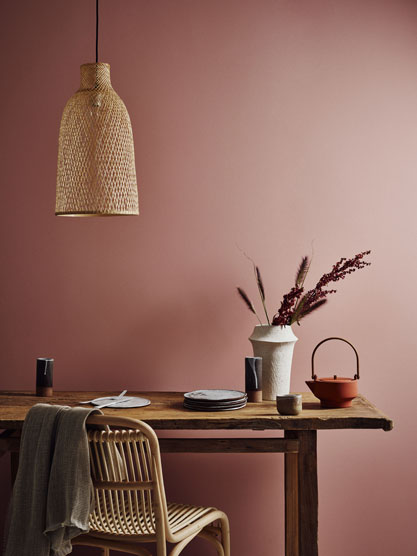
Paper and plant
The desire for wallpaper with good eco-credentials is growing, and Little Greene not only has great designs, but sources and uses paper from certificated sustainable forests.
“We manufacture our wallpapers in the UK and for every tree used four more are planted,” says Ruth Mottershead, Little Greene marketing director.
“Wallpapers are printed using non-toxic pigments and our high-quality wallpaper paste contains no solvent.”
Their London Papers V range, a collection of authentic heritage designs, starts from £73 a roll.
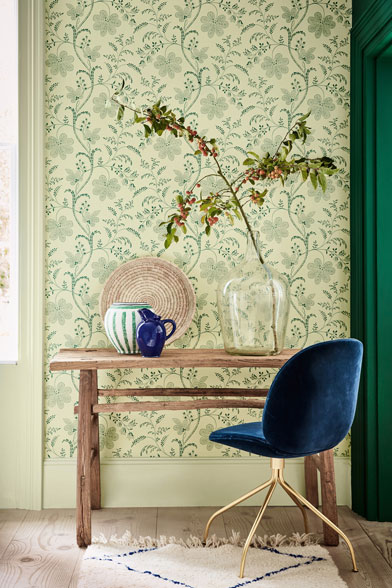
Recipe for eco cooks
If you want to cook up a storm but reduce your carbon footprint, sustainable timber is a good choice for kitchen units, worktops and flooring.
Deforestation is a major environmental issue that’s contributing to global warming, so look for the FSC (Forest Stewardship Council) ‘tick tree’ logo, which signifies it is certified timber that comes from well-managed forests and/or recycled materials.
Make sure worktops don’t let the side down. Wickes offers worktops made from recycled materials in its range of kitchens.
Details count and bamboo kitchen containers are an excellent alternative to plastic (they look lovely too). Bamboo is a highly renewable, fast-growing natural material with antibacterial, anti-fungal properties, and it’s biodegradable.
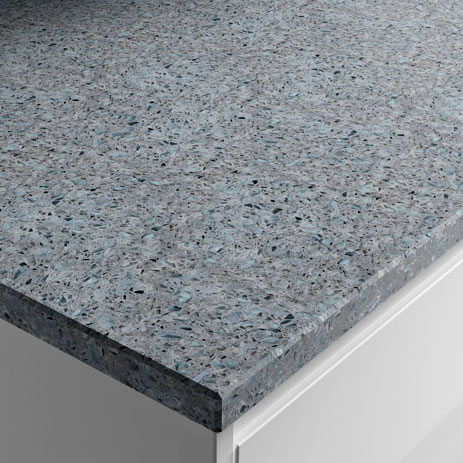
Lie back and think of the planet
You’re setting the bar higher if you want a purely vegan lifestyle – but it’s perfectly possible according to Jo Peters, author of new book, Vegan Life: Cruelty-Free Food, Fashion, Beauty And Home (Summersdale, £12.99).
“Vegans prefer to avoid using materials that come from animals, which can make home furnishing seem like a challenge at first,” she acknowledges.
“But, as with stocking your fridge, once you’ve sussed out what to avoid – and found some reliable suppliers of alternatives – you’ll be able to make ethical choices in every room.”
In her handy guide, she highlights the main culprits to avoid in home furnishings: Leather (and suede), wool (and felt), silk, down, fur and cowhide. She also points out that “when choosing a new couch, remember that you’ll need to consider the padding materials as well as the cover.”
That said, it’s useful to remember that making use of pre-existing leather, wool, etc, items that are still in good condition, is generally more planet-friendly than throwing things away only to replace them with new plastic ones!
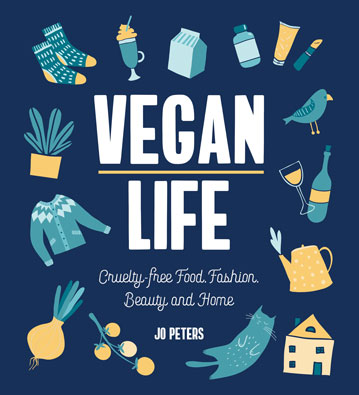
Reclaim and rejoice in style
“As everybody becomes more eco-aware, the demand for sustainable furniture that is kinder to the planet is on the rise,” says Ben Adams, co-founder and master craftsman of Rust Collections, creators of sustainable rustic-luxe reclaimed pieces made from locally salvaged timber. They also use oak certified by the FSC.
“By using local recycled wood, we keep transportation miles down and give new purpose to a material that’s already had a life, and in doing so, the carbon footprint is kept very low,” explains Adams.
“Keeping the use of freshly-milled timber to a minimum also means putting less pressure on our natural timber resources, preserving more for future use.”
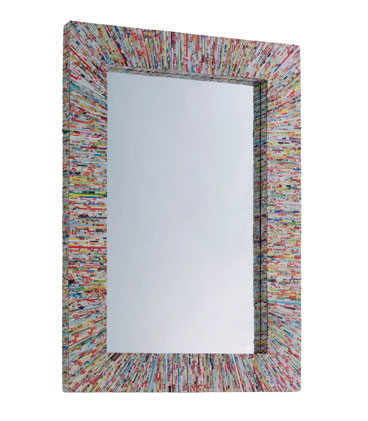
Material concerns
“Over the last few seasons at Habitat, we’ve seen a definite increase in demand from shoppers who are obviously interested in purchasing designs made using recycled and sustainable base materials,” says Siobhan McMillan, head of buying for Habitat.
“In textiles, we’re working with suppliers to increase the amount of designs made from fabric that is recycled from the fashion industry. Fabric off-cuts that would have otherwise been thrown away are instead re-dyed and woven to create new rugs and cushions, and we’ve increased the amount of patterns available.”
In lighting, she notes, there’s a growing demand for designs made from sustainable, fast-growing rattan and bamboo, with three-out-of-five of Habitat’s current bestselling shades made from these natural base materials.
